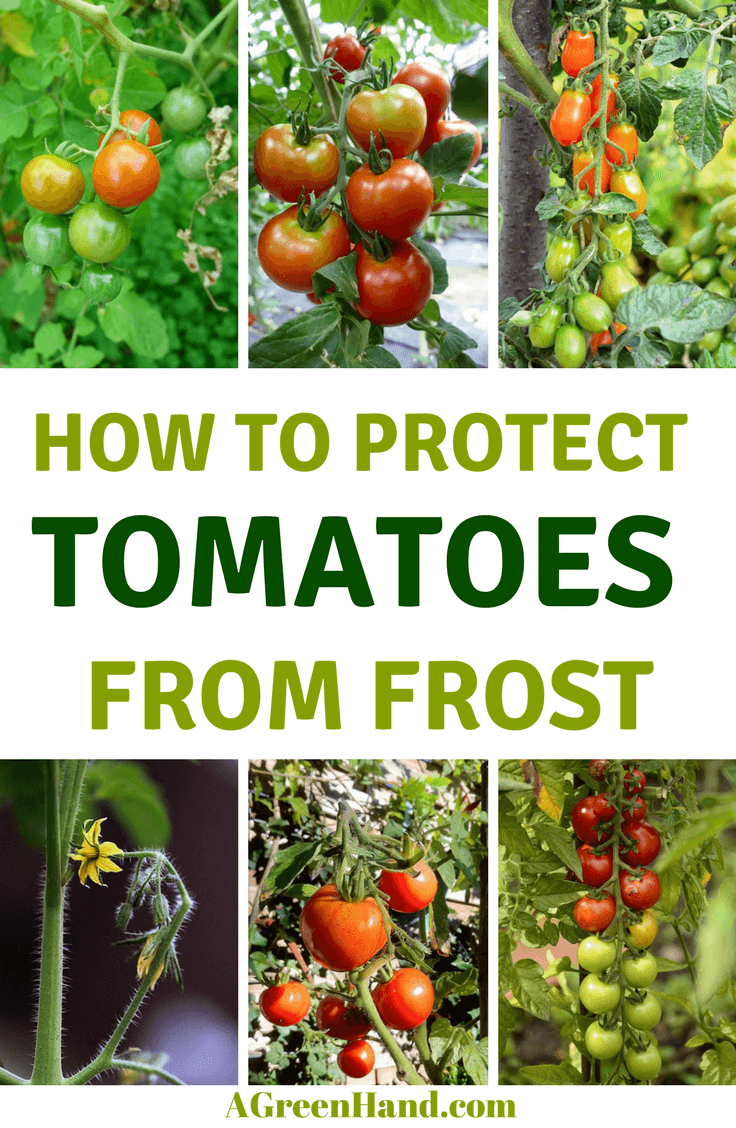Tomatoes do not like the cold, which I learned the hard way. Whether the tomato plant is able to flourish through the frost depends on temperatures, the length of exposed time to the cold and strong wind. Protecting tomatoes from frost is therefore extremely important.
When the soil temperature during daylight exceeds 600F, most of the heat will be retained by the tomato roots even when it cools down in the evening. When mulching tomatoes, the more heat will be retained by the soil, which is beneficial during the winter.
If you are more than eager to keep on harvesting fresh tomatoes through autumn, you can definitely do so. Here are some of your options in protecting tomatoes from frost.
Option # 1: Drape Tomato Plant
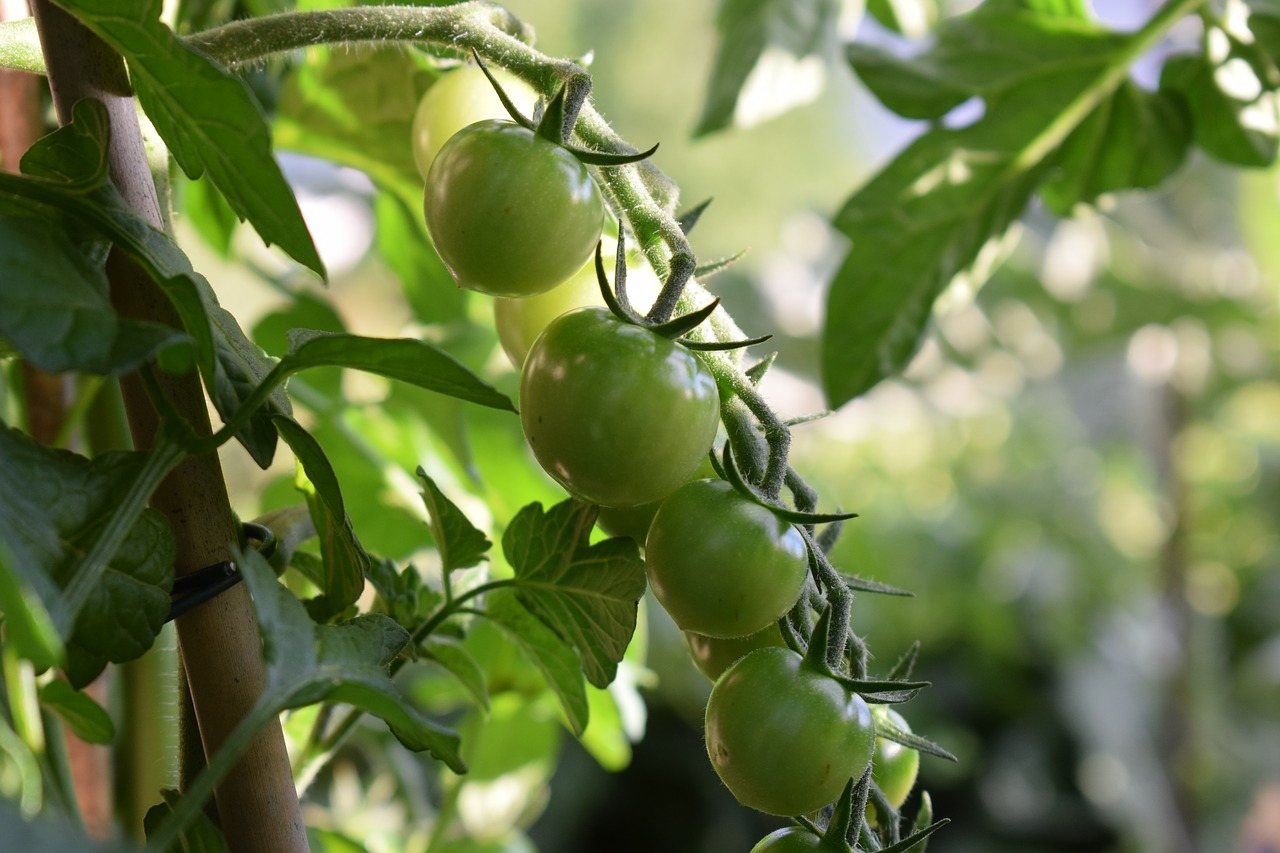
- Surround each plant with tall stakes.
- Cover a mature tomato plant with bed sheet, burlap or woven cover.
- Cover the plant all the way to the ground.
- Cover tomato plants late in the afternoon.
- Remove the tomato plant covers in the morning.
It is important that the covers do not touch the foliage or any part of the tomato plant.
Option # 2: Build A Tomato Teepee
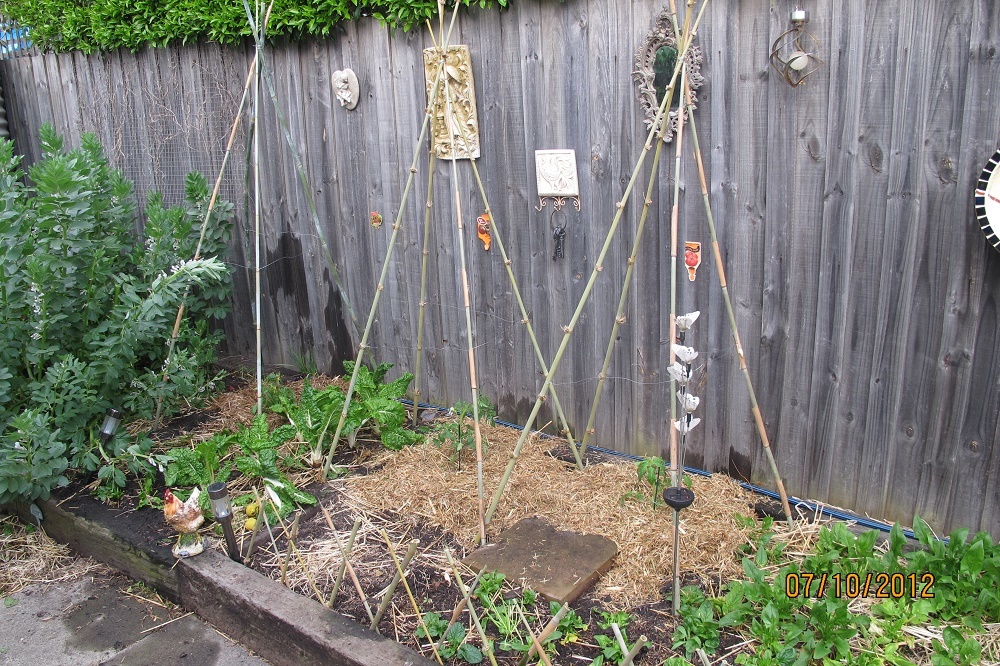
Photo credit: Gavin Anderson
- Assemble the red plastic cylinder with plastic tubes around the tomato plant.
- Fill each of the vertical tubes with water. The sun will heat the water in each tube during the day. Heat is radiated to the tomato plant at night. The temperature inside the teepee is kept warmer than the outside temperature.
- Shape the tubes into a teepee with the top part closed, whic will keep the heat in.
The red color of the plastic cylinders allows light to penetrate inside the teepee. Photosynthesis is even possible inside the teepee. Do not fill the tubes with water up to the rim so it is easier to build the teepee structure.
Option # 3: Cover Tomato Seedlings With Containers
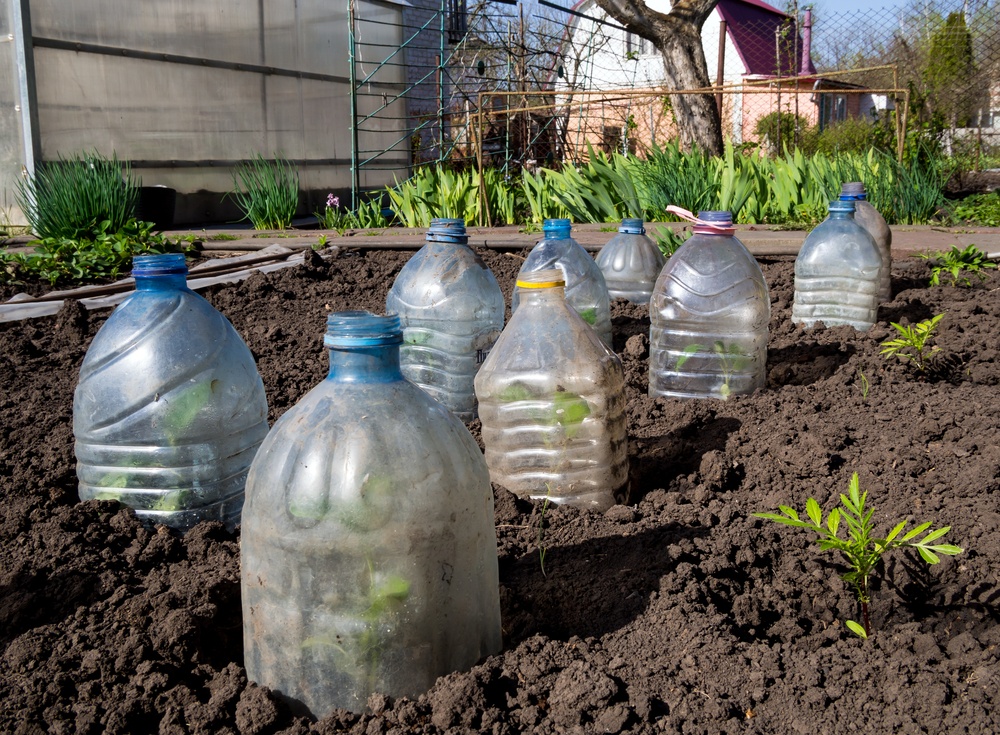
There are many materials you can use to cover a tomato seedling and protect it from frost.
- Cut the bottom of a plastic milk jug. With the cap still on, cover the tomato seedling.
- You can also use jars, teacups or coffee mugs to cover tomato plant seedlings.
- Cover the tomato seedlings in the afternoon so it can start getting warm. In the evening stored heat will keep the tomato seedlings warm.
Option # 4: Cover Tomato Plant With Bubble Wrap
- Surround the tomato plant with stakes or place a tomato cage over the tomato plant (metal or wood cages). The stakes or cage must be taller than the tomato plant.
- Assemble the bubble wrap around the stakes or tomato cage all the way to the top.
- Place bubble wrap starting from the ground all the way to a few inches above the top of the stakes or the tomato plant cage.
- Secure the top portion of the bubble wrap with a masking or duct tape.
The small bubbles of the bubble wrap provide enough insulation for the tomato plants. Warm air is trapped between the two layers of plastic. Use a bubble wrap with bigger bubbles and your tomato plant will get more insulation.
Option # 5 Ripen The Tomatoes Indoors
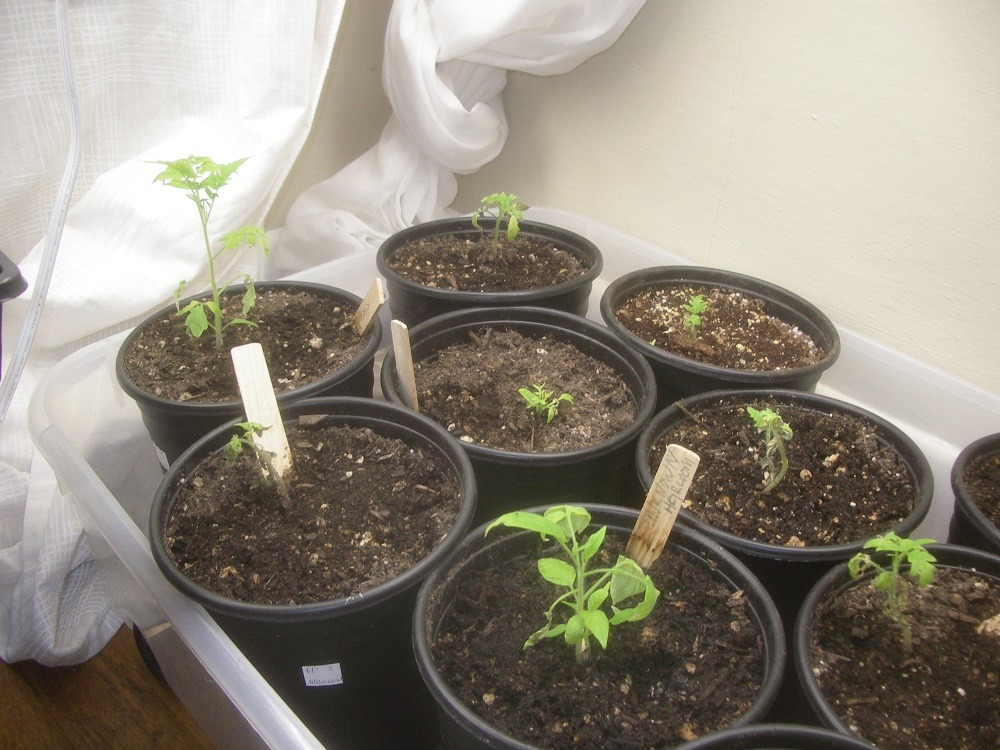
- If covering the tomato plant is not possible, harvest the shiny and green tomatoes. Make sure they are at least three fourths into their maturity stage.
- Remove the stems of the tomato plant.
- Wash the tomatoes and dry them with dish or paper towels.
- Store tomatoes in a place with normal humidity and allow them to ripen.
Tomatoes do not need light to thrive. At room temperature the tomatoes will become ripe within two weeks.
Regardless of the material you choose for protecting tomatoes from frost, make sure to place the cover in the afternoon and take them off in the morning. Even on cold days, heat can still build up inside the covers. If you do not remove the cover in the morning, your tomato plants will get cooked because of the excessive heat underneath.
All of them worked in protecting tomatoes from frost. Have you tried any other way to protect tomatoes from frost? Share with us your thoughts in the comments section.
Pin It!
